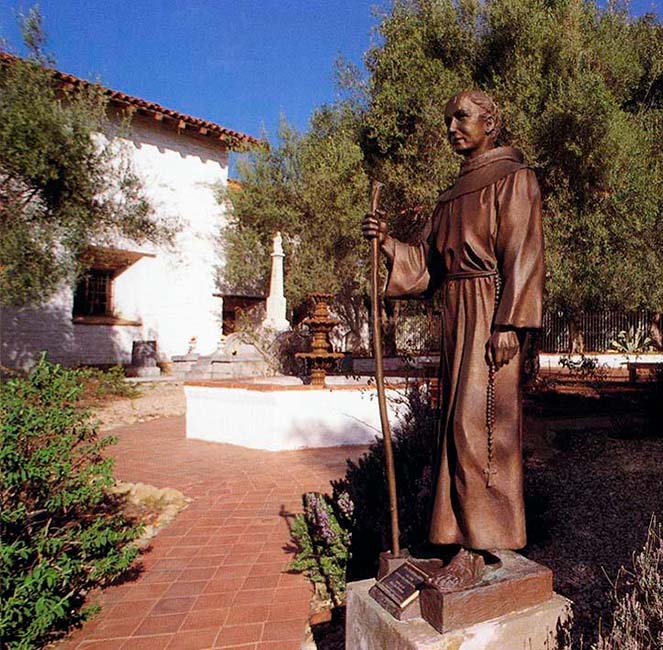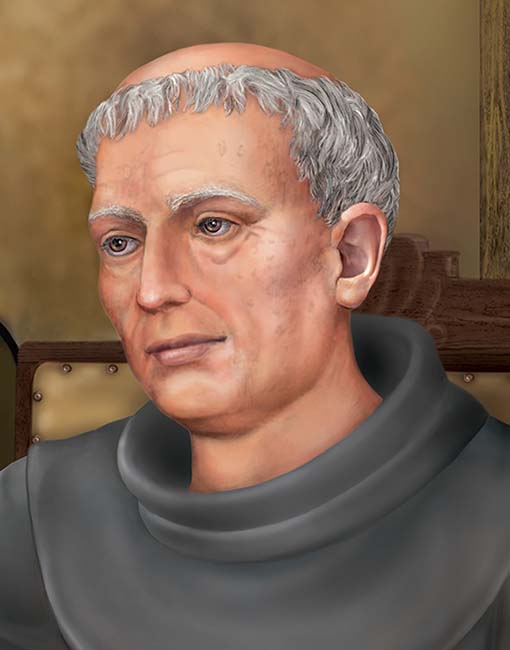Address
43300 Mission Boulevard
Fremont, CA 94539
United States

Founded:
June 11, 1797 - The 14th California Mission
Also Called:
The Mission of the Most Glorious Patriarch Saint Joseph
Current Status:
This is an active Roman Catholic Church that is part of St. Joseph's Parish.
Summary:
San José was founded on June 11, 1797. This successful, prosperous mission was destroyed in an earthquake in 1869. The Mission San Jose church was carefully restored between 1982-1985 and is considered one of the most authentic mission structures in California. There is a gift shop and museum in the former padre’s quarters.
43300 Mission Boulevard
Fremont, CA 94539
United States
The mission is located at 43300 Mission Boulevard (at the intersection with Washington Boulevard) in Fremont.
The mission, despite its name, is about twenty (20) miles north of the city center of San José. There was a pueblo (free-standing town) named San José de Guadalupe, which is sometimes confused with the mission.

510-657-1797 - Mission Gift Shop
Please contact the mission directly by telephone or by visiting the Public Tours page of the mission website for the most current tour information.
Visit the Mass Schedule page for the most current mass schedules and services.
Due to Covid-19 restrictions, it is best to check for current information.
The Old Mission San José is a lovely and popular place to get married. If you are interested in holding your wedding at Mission San Jose, please contact St. Joseph Parish/Old Mission San Jose either by telephone at 510-656-2364 or visiting the Wedding and Baptisms section of the website.
The mission holds several special events throughout the year. Check out the Event Calendar on the mission website for dates and events.
Concerts (primarily Chamber music) are held five or six times a year.





1834
1858
Saint Joseph, husband of Mary, the mother of Jesus.


San José was founded in the land of the Costanoan people. Ohlone, one of the most prominent Coastanoan tribes is often used to refer to the natives of the San José and San Francisco de Asis missions. San José also recruited Indians from other groups including Miwok, Patwin, andNorthern Valley Yokuts.
In about 1806 Georg Heinrich von Landsdorf, an artist attached to a Russian Scientific Expedition, sketched an Ohlone Ceremonial Dance at San José Mission.

In Fremont, 15 miles northeast of the pueblo (and current city) of San José.
The layout was more of a rectangle than the traditional quadrangle.
Alameda Creek was the mission's main source of water.
The highest mission population was 1,886 in 1831.
San José was the agricultural and livestock powerhouse among the northern missions. The initial cattle were provided by Santa Clara. In 1832, the last year for which we have records, the mission had a sizable herd of cattle (12,000), sheep (11,000), and horses (1,100), placing its livestock herd in the upper 25% of all the missions.

Mission San José, which was well-managed and located in an area with rich soil, had the second highest agricultural production of the 21 missions with approximately 289,000 bushels of grain and produce. Its production of barley, corn, beans, and vegetables often exceeded the amount grown by any other mission during these years.
San José had extensive olive and fruit tree orchards. There was also a large vineyard near the mission quadrangle. San José rapidly became known for the quality of its olive oil, fruit, and produce.
The San José Mission was destroyed in an earthquake in 1868. An old daguerreotype taken in c. 1853 shows how the mission looked before its destruction.
An authentic restoration of the mission church was completed between 1982-1985.


The bell tower is quite truncated but contains four original bells.
The restored padre's wing is now a museum.

Estanislao, a San José neophyte, led a large scale Indian uprising in 1828-1829. Several military expeditions were required to put down the revolt. Stanislaus County is named after Estanislao.


The fourteenth California mission of San José was founded on June 11, 1797 in the land of the Ohlone people. It became the agricultural and livestock powerhouse of the northern missions and had the second largest agricultural production of all 21 missions. Several drawings were made in the 19th century of events at or near the mission in its peak years, and all of the artists who completed a mission series captured the look and feel of this successful mission.
Unfortunately, the simple but powerful church was destroyed in an earthquake in 1868. It would be over a century before San José (the church not the full complex) was restored between 1982-1985. The restored church is authentic and well-worth visiting.
The Contemporary Image Gallery contains more recent photographs taken by several different photographers from around the Church gardens and the Church interior.







San José was destroyed in an earthquake in 1868, and not included in the Historic American Buildings Survey sites. We do have a good layout of the mission complex.
